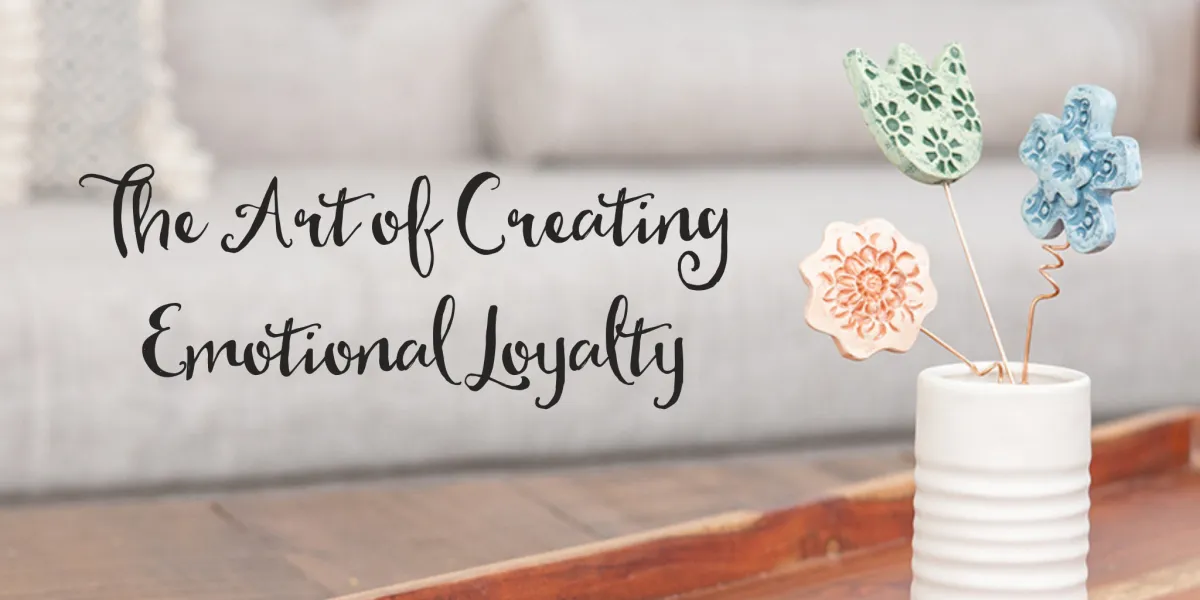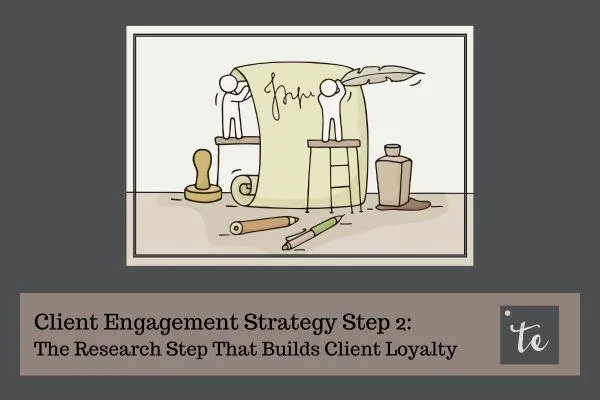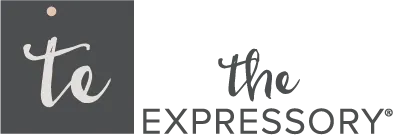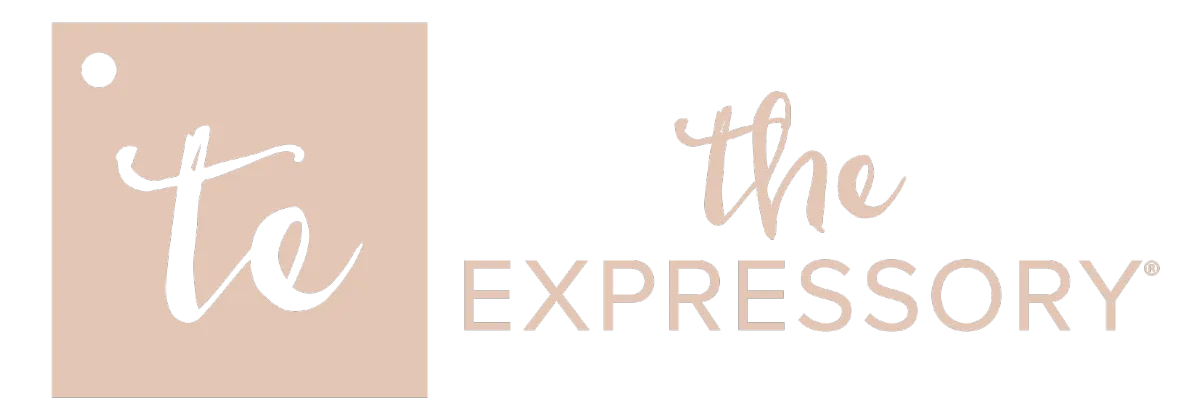
What Swimming Teaches Us About Team Relationships
In my latest video, I break down how swimming teaches us the importance of these relationship-building efforts and the specifics of what we as leaders need to nurture with our teams.
Holiday Gift Insights - What Everyone Else Is Doing
In an effort to simplify the decision-making process, we're sharing some of the trends we've seen with gifting over the years. We're even sharing our best seller and why that gift had such success.
What Makes A Successful Holiday Gift? The Travel Bag Edition
Last year we had the opportunity to work with one of our clients in the travel and tourism space to design an experience that delivered their highest engagement yet.

The Research Step That Builds Client Loyalty
In our last post, we talked about the importance of creating a segmented list of your existing clients, starting with the ones who have the highest value and potential for your business. At that top level, whether it’s additional or repeat business or referrals these are the people you want to deepen relationships with.
You’ve started building that list. But here’s the thing, even your top clients won’t feel valued and seen if you don’t really know them.
And just having their name in your CRM doesn’t mean you’re ready to engage in a meaningful way.
This next step is where the relationship strategy really takes root. You’ve got to learn more about what’s going on in their world. And this requires research.
Not so you can sell to them, but so you can continue to nurture a long-term relationship with them. Support them. Cheer them on. Show that you’re paying attention.
Why Research Is the Foundation of Every Trust-Based Relationship
These people trusted you enough to begin the foundation of a working relationship.
A strategic engagement plan for your existing clients is all about making sure that relationship is long-term. In order to earn that level of emotional loyalty, those clients need to feel three things from you:
That you understand what’s happening in their world.
You validate what matters to them.
You genuinely care about them as people.
That’s not fluff. That’s the foundation of relationships, according to science! And you can’t check those boxes by guessing or staying surface-level.
You need to dig in and find the kind of details that help you show up with relevance, empathy, and timing.
This is where the research comes in.
And it’s the step that prevents many leaders from successfully implementing a strategy.
How to Organize What You Learn
Start by creating a simple system to track insights for each person/company on your list. This can be as basic as a spreadsheet or a notes doc. Whatever works for you.
At The Expressory, we recommend gathering client research within these specific categories, as outlined in our Expressory Strategic Engagement Methodology:
Company Name
Industry
Goals – What they’re working toward (this can include company goals or personal aspirations if you know them). Often times you have to look at the industry level for this one.
Values/Mission – Company level
Market & Market Goals – Who they serve and what the market is trying to accomplish by working with them.
Causes They Support – Philanthropic efforts, nonprofit involvement, or personal passions.
Awards/Milestones – Any recent wins, recognitions, or milestones (personal or company-wide).
Conferences They Attend or Speak At – Events that matter to them. Maybe they throw their own events.
Hobbies/Interests/Activities – Anything that reveals who they are beyond the work.
Noteworthy Items – Fun facts or memorable details like mascots, rituals, or standout social posts.
Pain Points – What’s challenging them right now? Either at the business or industry level.
Barriers to Solving Those Pain Points – What might be standing in the way of progress?
This isn’t about collecting trivia or preparing for a sales call. It’s about seeing the whole person and knowing enough to reach out in ways that show empathy, understanding, and care.
These are the raw materials for strategic engagement. They’re how you turn everyday clients into lasting relationships.
Where to Research (and Who to Ask)
The best research doesn’t always come from Google. Sometimes it comes from the people sitting right next to you.
When it comes to learning more about your current clients, start with your own team. You might be surprised how much you already know (or almost know) when you take time to talk it out.
Start with a Team Brainstorm
Gather your team and review each client on your priority list together. Ask:
Who has had contact with this person recently?
What’s going on in their world? Professionally or personally?
Have they mentioned any goals, transitions, challenges, or milestones?
What have we celebrated with them lately (and what haven’t we acknowledged yet)?
Sometimes just one person’s comment can unlock a story or insight that everyone else had forgotten.
This step not only strengthens your research, but it also creates shared ownership over the relationship. And that energy is contagious.
Move to External Research (with Purpose)
Once you’ve gathered what you already know, use outside sources to fill in the gaps:
Company-Owned Digital Channels
Your client’s website, blog, or YouTube channel can reveal:
Mission and values they want to be known for
Announcements about growth, new hires, or service changes
Community partnerships or causes they support.
Cultural moments — think team retreats, awards, or employee spotlights.
You’re not just collecting facts. You’re learning how they present themselves to the world. That helps you engage in a way that aligns with what they care about most.
Social Media
Check both company and individual profiles. On LinkedIn, Facebook, or Instagram, look for:
Job anniversaries or promotions
Team celebrations or shoutouts
Industry events they attend or promote.
Personal interests they’ve shared.
These clues give you meaningful ways to reach out, celebrate, or even just check in.
Thought Leadership & Media Mentions
Do a quick search for your client’s name or company:
Have they been quoted in an article?
Appeared on a podcast?
Recognized in their community or industry?
This can spark authentic engagement and reminds them that you’re someone who pays attention.
Industry Insight
If you want to show up as more than a vendor, you need to understand the world your client works in. Research:
Trends and forecasts in their industry
Associations they’re part of
Events or challenges that may be top of mind.
Even one sentence like “I saw that [topic] is a hot issue in your industry right now - how are you navigating that?” can show care, credibility, and awareness.
Don’t Just Collect Data — Build a Relationship
This isn’t about building a dossier. It’s about creating a lens through which you can see and support your client as a whole person. Not just a project.
When clients feel understood, validated, and cared for, they stick around. They refer. They become advocates. But that kind of relationship only happens when you do your homework.
In the next part of this series, we’ll talk about how to take all these insights and turn them into a rhythm of consistent, personalized engagement that actually sticks.
Reflect & Refine: 5 Questions to Guide Your Research Strategy
You’ve got your priority client list. You’ve got the framework for research. Now, let’s make sure the work you’re doing actually sets you up to engage in a way that builds long-term loyalty.
Ask yourself:
Have I gathered enough insight to show this client I see them beyond the work we do together?
Your outreach should feel personal, not performative.Do I understand what’s important in their world — both professionally and personally?
If you can name their goals, interests, or recent milestones, you're on the right track.Have I asked my team what they know about this client?
Sometimes the best insights are already in-house — they just need to be shared.Can I name 1–2 ways I could show care that would mean something to this client right now?
This could be a timely note, a relevant resource, or even just a genuine check-in.Am I approaching this client like a relationship to nurture — or a name to manage?
That mindset shift is where all the magic starts.
If your answers feel fuzzy, go back and dig a little deeper. A few more insights can be the difference between “we worked together once” and “they’ve been with us for years.”
If you feel like you need some help or have additional questions, we’re always happy to have a conversation.
🔹 Join our next monthly Q&A session to bring your research questions to the table
🔹 Book a 1:1 consult to get hands-on help
We’re here to help you stop guessing and start nurturing at a more meaningful level.
Continue The Client Strategic Engagement Series here:
Step 1 - More Loyalty, Less Hustle
Step 3: Turning Insight into Loyalty
Address:
1500 S. Sylvania Ave #106
Sturtevant WI 53177
Phone:
414.243.8971

